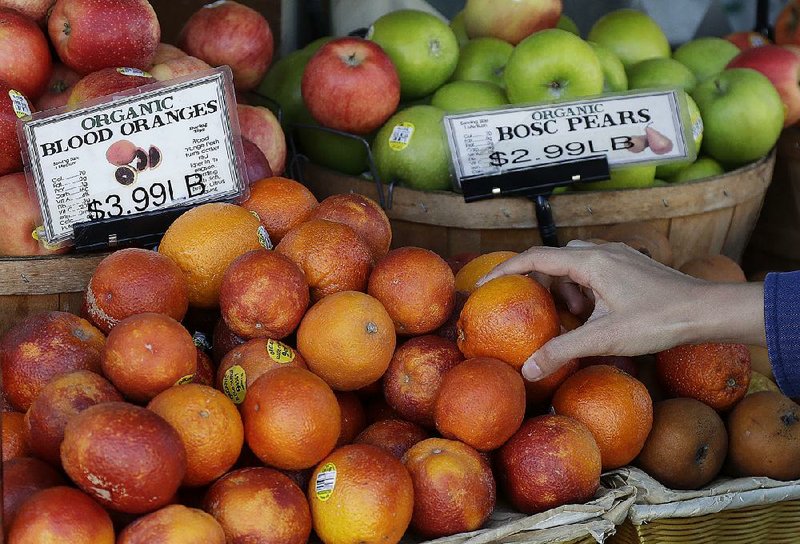WASHINGTON -- U.S. wholesale prices edged up 0.1 percent in April, held down by a big drop in food costs. It was the smallest gain in four months.
The April increase in the Labor Department's producer price index, which measures inflation pressures before they reach consumers, followed a 0.3 percent rise in March, the government reported Wednesday. April's gain was the smallest since wholesale prices were unchanged in December.
Core prices, which exclude volatile energy and food, rose 0.2 percent in April. Over the past 12 months, wholesale prices are up 2.6 percent while core wholesale prices have risen 2.3 percent.
Economists saw the slower increase in wholesale prices in April as a good sign that inflation is not getting out of control. They said this moderation will allow the Federal Reserve to maintain its slow, gradual pace of raising interest rates.
"Underlying inflation pressures are building in the economy but have not broken out yet, so there is no reason for the Fed to speed up the pace of its interest rate path," said Chris Rupkey, chief financial economist at MUFG Union Bank.
The Fed is trying to manage the economy to keep inflation rising at a moderate annual rate of 2 percent. The Fed last week left its key interest rate unchanged while noting that inflation is nearing the central bank's goal.
Many analysts believe the Fed will raise rates for a second time this year when officials meet in June and could end up increasing rates a total of three or perhaps four times this year.
Some economists are worried that inflation, after years of being stuck at chronically low levels, could move past the 2 percent pace to levels that would indicate unwanted inflation pressures are starting to build. They note that the Donald Trump administration's announcement this week that it was reimposing sanctions on Iran could cause a spike in global oil prices at a time when low U.S. unemployment could trigger rising wage pressures.
Other economists, however, believe that other forces will combine to keep inflation rising at modest levels and allow the Fed to maintain its gradual pace of rate increases.
Food costs fell 1.1 percent in April, the biggest decline since a 1.3 percent fall in August 2016. Most major food categories, including beef, eggs and vegetables, showed declines in April.
Energy costs, which had fallen for two months, edged up 0.1 percent in April, although gasoline costs fell 0.4 percent. The data showed higher costs for materials used in durables production and construction.
Steady demand from consumers and companies, steel and aluminum tariffs, and the threat of further actions by the U.S. government on trade are underpinning prices for some items while several U.S. firms have cited escalating logistics costs amid new regulations and a shortage of truckers.
Information for this article was contributed by Martin Crutsinger of The Associated Press and by Katia Dmitrieva of Bloomberg News.
Business on 05/10/2018
